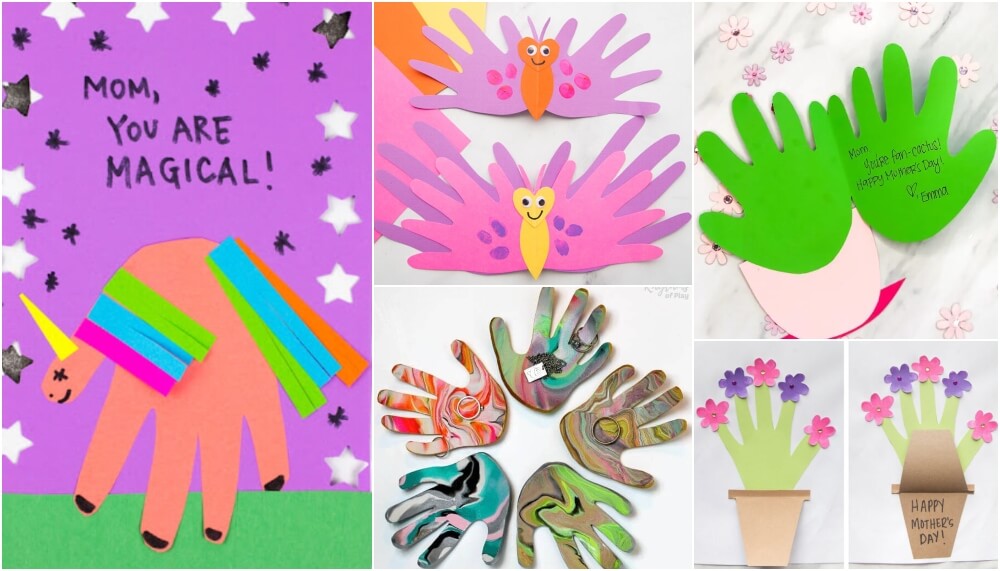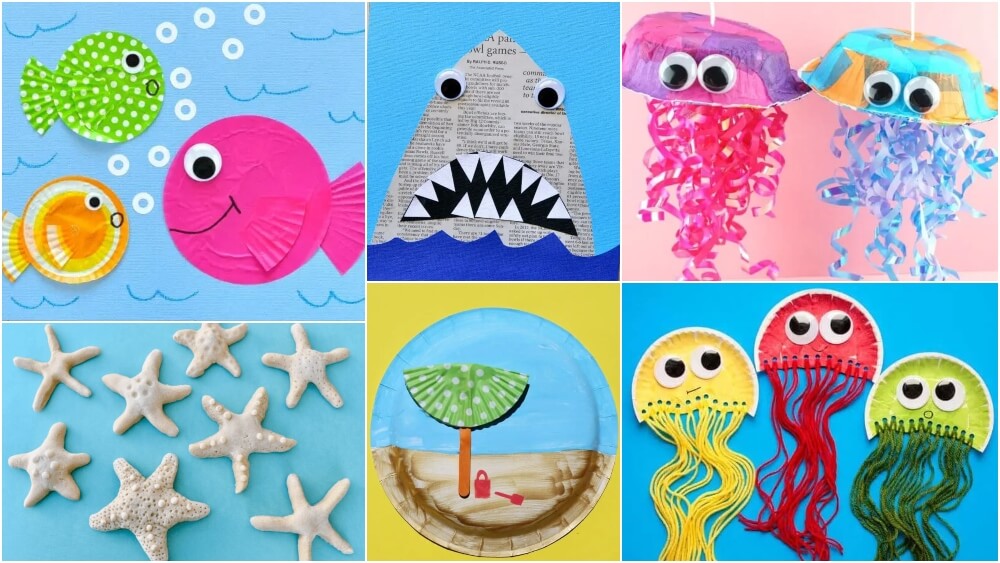How to Teach your Kid What Transgender Means

Your preschooler absorbs signals about gender from the moment they are born. As a result, ideas about what it means to be a girl or a boy are pervasive and significantly impact your preschooler. In addition, society has different expectations on how females and boys should behave, appear, speak, and dress. As a result, your preschooler may develop inflexible beliefs about gender and what it means for them in their quest to make sense of the world around them. However, around age 3, most children start to identify with a gender firmly. That includes transgender and gender nonconforming individuals, who, at this point, are also aware of their gender identification.
Think carefully before selecting the books, toys, entertainment, outfits, accessories, and other items you surround your child with. These decisions affect how your child perceives gender and what it entails. For example, before they are mature enough to make their own decisions, placing sons in blue sports rooms and females in pink princess rooms may give the impression that certain things are required of them because of their gender.
Gender nonconforming refers to someone who identifies as anything other than the binary terms of “male” or “female,” such as “non-binary,” “genderqueer,” or another term. When describing children who express their gender non-binarily, some adults use phrases like “gender expansive” or “gender creative.” While the exact number of transgender persons is unknown, the current study indicates that roughly 1.5 million Americans, or 1% of the population, identify as transgender.
Here is some advice on how to discuss transgender identities with your child.
First, educate yourself.
The LGBTQ+ acronym’s LGB (gay, lesbian, and bisexual) component, which denotes sexual orientation or which individuals are attracted to, is more widely known in society. People who identify as transgender (and nonbinary) struggle with their gender identification or sense of self. Gender identity is our natural feeling of being “man,” “female,” a little of both, or neither. “Since gender identity is a personal matter, its veracity is frequently questioned.” Having said that, if you’re unsure how to respond to the question, “What does transgender mean? There are several sites to prepare for the “question from your child.”
Here are a few often-asked questions about transgender people to assist you in responding to your child’s inquiries:
Who are transgender people?
Transgender means a person whose gender differs from what was assumed at birth. For example, as an illustration, a baby born as a girl develops into a woman, while a baby born as a boy develops into a man. In contrast, a baby born as a girl grows up to be a man, and a baby born as a boy turns out to be a woman, in the case of transgender people.
How does a trans person become aware of their gender identity?
There are various methods for someone to become aware of their sexuality. Some of them would struggle to conform to the gender they were given at birth and would strive to act the other way. As their transition is more likely to be rejected by families, many individuals are likely to experience trauma.
How can a person change their gender?
No theory explains this. Several factors can explain the sexual orientation of a person. Health professionals have noticed that a person’s sexual orientation is influenced by various variables, including genetics, prenatal hormone levels, adolescent experiences, and others.
Is it a mental condition?
Not at all, no. However, if the kid or person in question does not receive adequate support from family and friends, the situation might become depressive. Therefore, it is crucial to support these people in seeking counseling and medical care as soon as they become aware of their sexuality.
What should I do if a transgender person I know is in my life?
Being average is the most important thing to accomplish. Transgender people do not come from a distinct species. They resemble us, humans, in every way. It would be best to act the way you would with your friends around a transgender person. These people struggle mightily to get acceptance from society. We must thus assist them in becoming a part of our community.
What can I do to encourage others to treat transgender people with kindness?
Get educated by reading books on transgender people. Recognize what makes them transgender and educate those unaware of it. Forbid using slang and jester’s nicks, which are widely employed in our cultures. Even in many instances, people degrade an opponent with these comments; this should be discouraged. Befriend those who are like that. Give them some space but keep in touch if they don’t feel comfortable becoming friends with you. Encourage them to seek therapy and support them in figuring out their sexuality. Remind them that everyone is born unique and that no one is born tiny or poor to encourage and uplift them.
Start by talking in depth about families.
Look for novels with dual parenting, such as “Guess How Much I Love You,” or with single parents, dual parenting, or gender nonconforming caregivers. Don’t make a deal out of it, but when you talk about the books with your young child, use language that helps them understand that various families have different structures: Families can have one dad and one mom, two fathers or two mothers, grandparents parenting grandchildren, just one parent raising children, parents living in different homes, more than two parents, and adults who are neither a girl nor a boy but are referred to as “parents” rather than “mom” or “dad.”
Share tales of transgender and non-binary families.
Point out different family types you see on your Facebook or Instagram page to your child if they are peering over your shoulder while you browse social media (and if they aren’t on your feed, strive to follow these families so you can talk about them). Mention many instances of transgender families you know during dinner or in the vehicle. When you go home, inquire with nearby trans families whether it’s alright to tell your child a little about their experiences. If the family agrees, start a conversation about their trans past and share some of their tales while accentuating the family’s good qualities. It’s vital to remember that children may get negative messages about people who don’t fit traditional gender roles at a young age, so they must have access to various information.
Include inquiries about gender in your kids’ regular, everyday talks.
“Do you feel more like a female or a boy?” How did you find out? Do you prefer to be addressed as “she,” “he,” or “they”? Do you know anybody who experiences this? Keep in mind that gender is not a date. Simply posing those lice questions to your child won’t make them question their gender; rather, it will inspire them to think more carefully about gender and provide you additional chances to discuss transgender and non-binary issues with them.
- Always refer to your child by their preferred name and pronouns.
- Speak out against transphobia when you notice it and encourage others to accept your child’s identity by acting as their champion.
- Learn about the issues that transgender children and adults face.
- Encourage your kid to establish boundaries when required and to speak up for them when it is safe to do so.
- Reassure your youngster of your unwavering love and support.






Responses